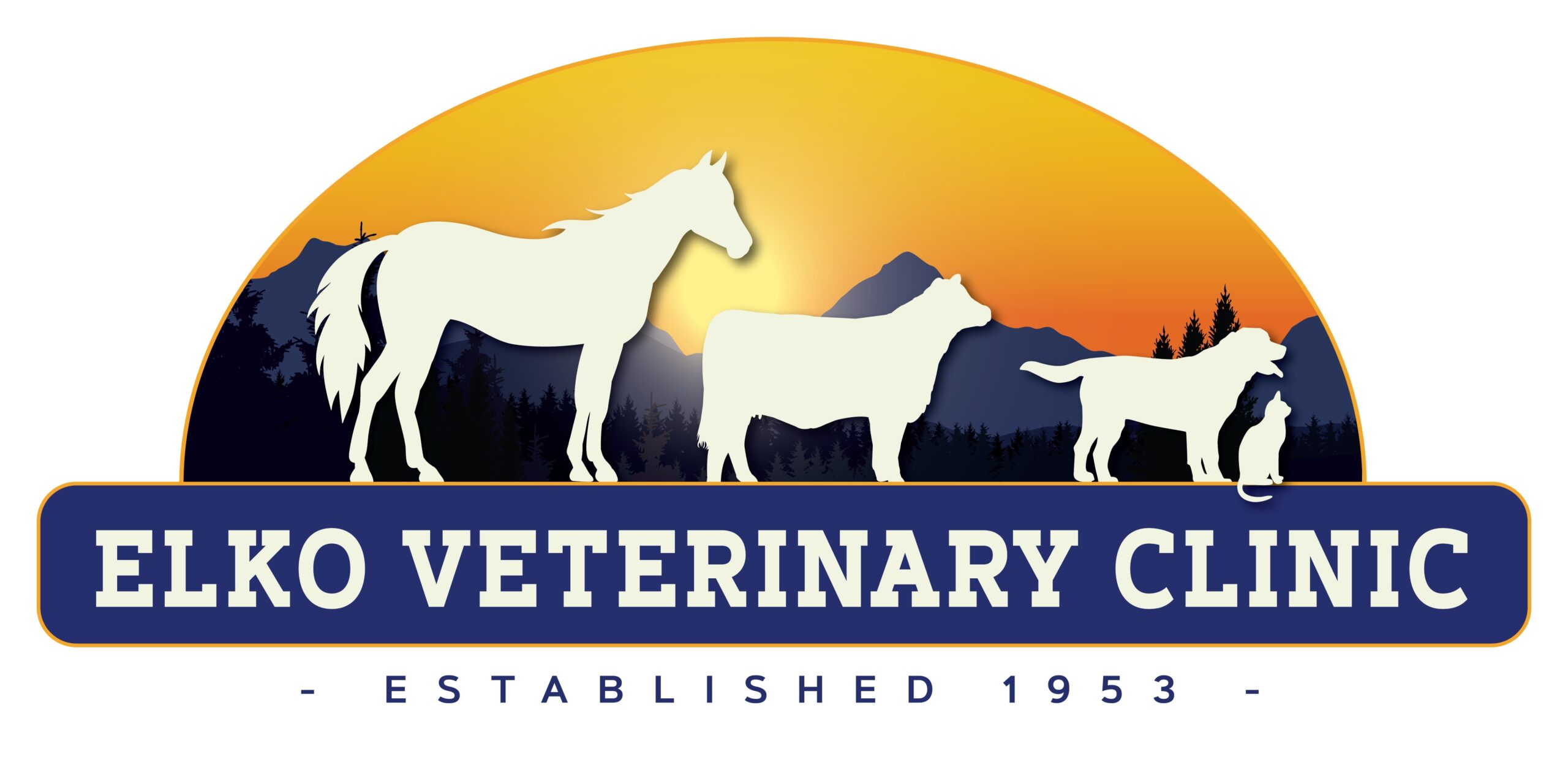Poultry lice and mites are a natural part of life when it comes to chicken keeping. These ectoparasites, or external parasites, are typically carried by birds, rodents, and other wildlife, also known as hosts. If any hosts are regularly visiting your chicken coop and run, it is likely that there are also mites and/or lice as well. It is important to be able to identify the parasite that is causing the infestation, the symptoms of an infestation, and how to treat it.
Poultry lice feed on the feathers and dead tissue of the host. Poultry lice feed on the blood of chickens by chewing on emerging pin feathers, otherwise known as blood feathers. These ectoparasites are found near the vent, thighs, wings, or breast, and sometimes even the head and neck of the infested chicken. Hundreds of knits, or eggs, can be found on the base of feather shafts during an active infestation. Poultry lice have a life cycle of three weeks when living on the host, but only up to one week when without a host. Poultry lice are generally species specific, but can survive on the surface of a human temporarily and will not cause an infestation.

Lice knits on an infested chicken

Northern Fowl Mite infestation on vent of a chicken
Common visual symptoms of an infestation are dirty vent feathers, bald spots from feather pulling, redness and/or scabs on the skin, dull, ragged looking feathers, a pale comb, knits at the base of feathers, or crawling parasites on the skin. Because lice and mites cause anemia in chickens, a severe infestation may result in lethargy, listlessness, loss of appetite, weight loss, decreased reproductive ability in roosters, decreased egg laying in hens, and ultimately death.
There are several products available to treat poultry lice and mites, but the efficacy and egg withdrawal times vary. Permethrin products and Elector PSP are the only approved products with no egg withdrawal time. Permethrin products come in a concentrate and powder under several different brand names. Permethrin is an adulticide, meaning it only kills the ectoparasite in the adult stage and must be repeated in seven days to kill the next lifecycle. Permethrin must be used with extreme caution if there is any feline (cat) traffic where the product is used because of fatal neurological side effects. Elector PSP is available as a concentrate. Elector PSP is the only adulticide and larvicide available to treat poultry lice and mites and does not require a repeated treatment because it kills all life stages of these ectoparasites. The last approved treatment available is injectable Ivermectin, but is used off label and requires an eight-week egg withdrawal time. Though contradictory, injectable Ivermectin can be used topically, orally, and of course as an injectable in poultry. Ivermectin and Permethrin must be used in conjunction with Elector PSP to effectively eradicate poultry lice and mites. The coop needs to be thoroughly cleaned and sprayed with Elector PSP prior to allowing the treated chickens back into the area. Traditionally, many people were using Sevin Dust to treat poultry lice and mites, but this product now requires a lifetime egg withdrawal time. Food grade Dematiaceous Earth is also a controversial ectoparasite control method because it is known to be a skin and lung irritant to humans and animals alike.
| Permethrin Concentrate/Powder (adulticide) | Applied to chicken according to label | No egg withdrawal time if used according to label |
| Elector PSP concentrate (adulticide & larvicide) | 9 ml per gallon of water applied to vent area and used to spray a cleaned coop thoroughly. New batch made per use. | No egg withdrawal time |
| Injectable Ivermectin (adulticide) | Orally: 0.2 mg/kg Applied topically: 3-4 drops for standard size breeds, 1-2 drops for bantam breeds Injected subcutaneously: 0.2 mg/kg |
8-week egg withdrawal time |
Drug information provided by USDA and Veterinarians from Chicken Vet Corner teaching site.
The best way to prevent poultry lice and mites is to prevent infestation of other host species mentioned earlier. This can be done by keeping feed stored correctly and if an option, a covered run. It is important to practice good hygiene by keeping the coop and run clean and by providing proper dust baths. If your flock is recovering from an infestation, be diligent to continue checking for a recurrent infestation and to provide supportive care such as vitamin supplementation, a nutrient dense diet, and limit any stress. As always, reach out to your local trusted avian veterinarian for advice if, and when needed.

